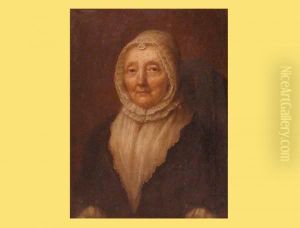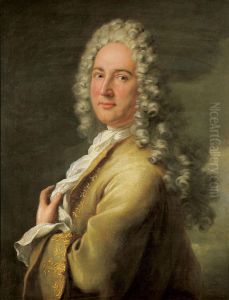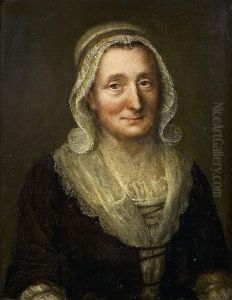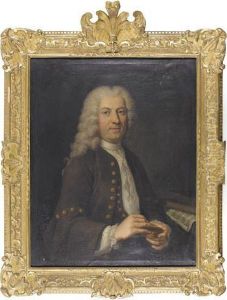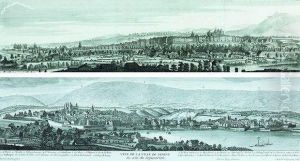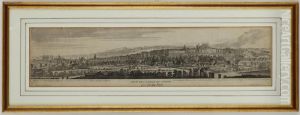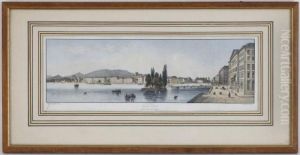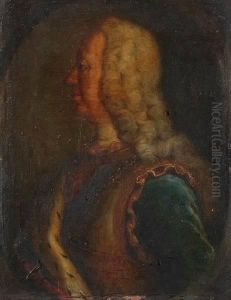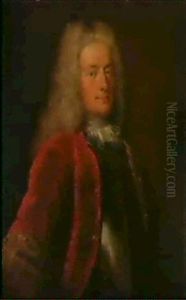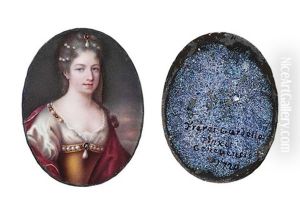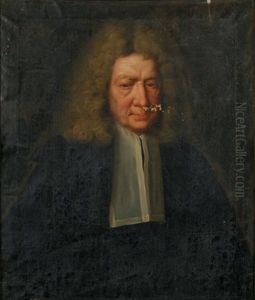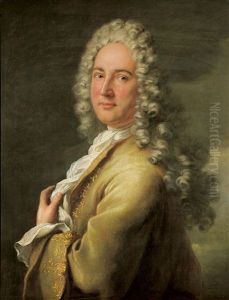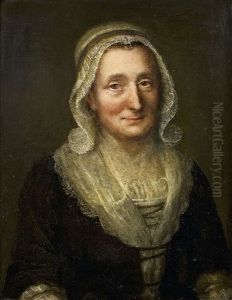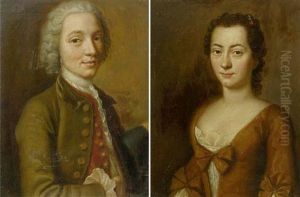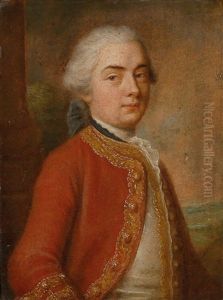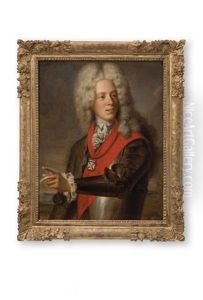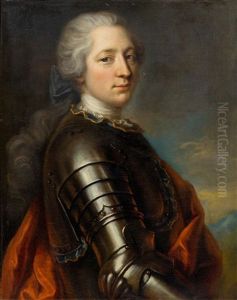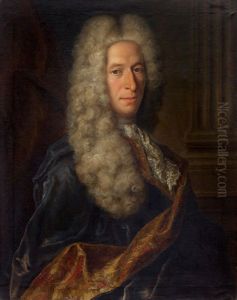Robert Gardelle Paintings
Robert Gardelle was a Swiss artist born in 1682, in Geneva, Switzerland. His career spanned much of the 18th century, a period rich in artistic evolution in Europe. Gardelle is primarily remembered for his contributions to portrait painting, a genre that flourished during his lifetime, reflecting the societal emphasis on individualism and the burgeoning Enlightenment ideals.
Although not as widely recognized as some of his contemporaries, Gardelle's work provides valuable insight into the cultural and social milieu of 18th-century Geneva and beyond. His artistic journey mirrors the broader trends of the time, including the shift towards more personal and intimate portrayals of subjects, as opposed to the grand historical and mythological scenes that had dominated earlier periods. Gardelle's portraits are noted for their detailed realism and sensitivity to the character and status of his sitters, often capturing nuances of personality and mood that transcend mere physical likeness.
Throughout his career, Gardelle was engaged with the intellectual and cultural circles of Geneva, which was then a vibrant center of the Enlightenment. This engagement is reflected in the subjects he chose and the style he developed, which while rooted in the Baroque tradition, also incorporated elements of Rococo and early Neoclassicism. These stylistic influences can be seen in his use of light, composition, and the more informal, yet still elegant poses of his subjects.
Gardelle's contribution to the arts also extended beyond his own canvases. He was involved in the artistic community of Geneva, participating in the city's cultural life and potentially influencing younger artists with his techniques and approach to portraiture. Despite the lack of extensive records on his teaching or mentorship roles, it is likely that his work and presence in Geneva's art scene left a mark on subsequent generations.
Robert Gardelle died in 1766, leaving behind a legacy that, while perhaps not as celebrated as that of some of his European peers, is nonetheless significant for its portrayal of 18th-century society and its individuals. Through his portraits, Gardelle captured the essence of an era poised between the grandeur of the Baroque and the refined elegance of the Enlightenment, offering a window into the lives and characters of his time.
